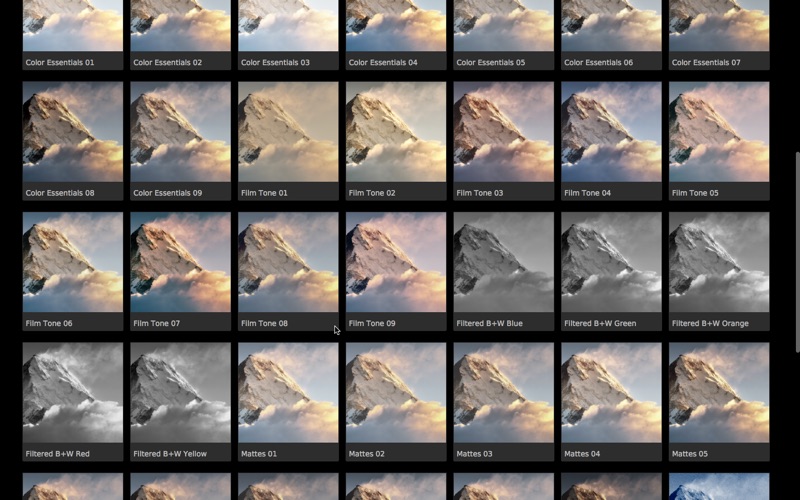

Click the Add button and give the new preset a name.

You can speed up the process by creating a User Preset. You don’t need to touch any of the other settings in the Export window. This is where Lightroom will save the files.įile Settings: Set Image Format to TIFF, Color Space to sRGB and Bit Depth to 16 Bits/Component. These are the settings you need to adjust in the Export window.Įxport Location: Select the folder you just created. In Lightroom, select the photo/photos you want to edit in CameraBag. Start by creating a folder on your hard drive to store the photos.
#CAMERABAG CINEMA WORKFLOW HOW TO#
Now you’ve got a taste for what CameraBag can do, I’d like to show you how to incorporate it into your Lightroom workflow.Īs CameraBag is not a Lightroom plug-in, you need to export your photos as either JPEG or TIFF files (I recommend 16-bit TIFF) before you can open them in CameraBag. The changes are more subtle, to show you can use the software with a light touch. Here’s the first I selected it because there’s a dramatic difference between the photo created in Lightroom and the one created in CameraBag. It’s a bargain at just $20, and while it’s not as convenient to use as a plug-in that you can access directly from Lightroom, it is easy to incorporate into your workflow.

One of my favourites is Nerve Center’s CameraBag 2. But these can be expensive, so you may be interested in a cheaper alternative. One way around this is to use a plug-in or buy some Develop Presets. Do you use Lightroom for processing portraits but get frustrated by its limitations?


 0 kommentar(er)
0 kommentar(er)
